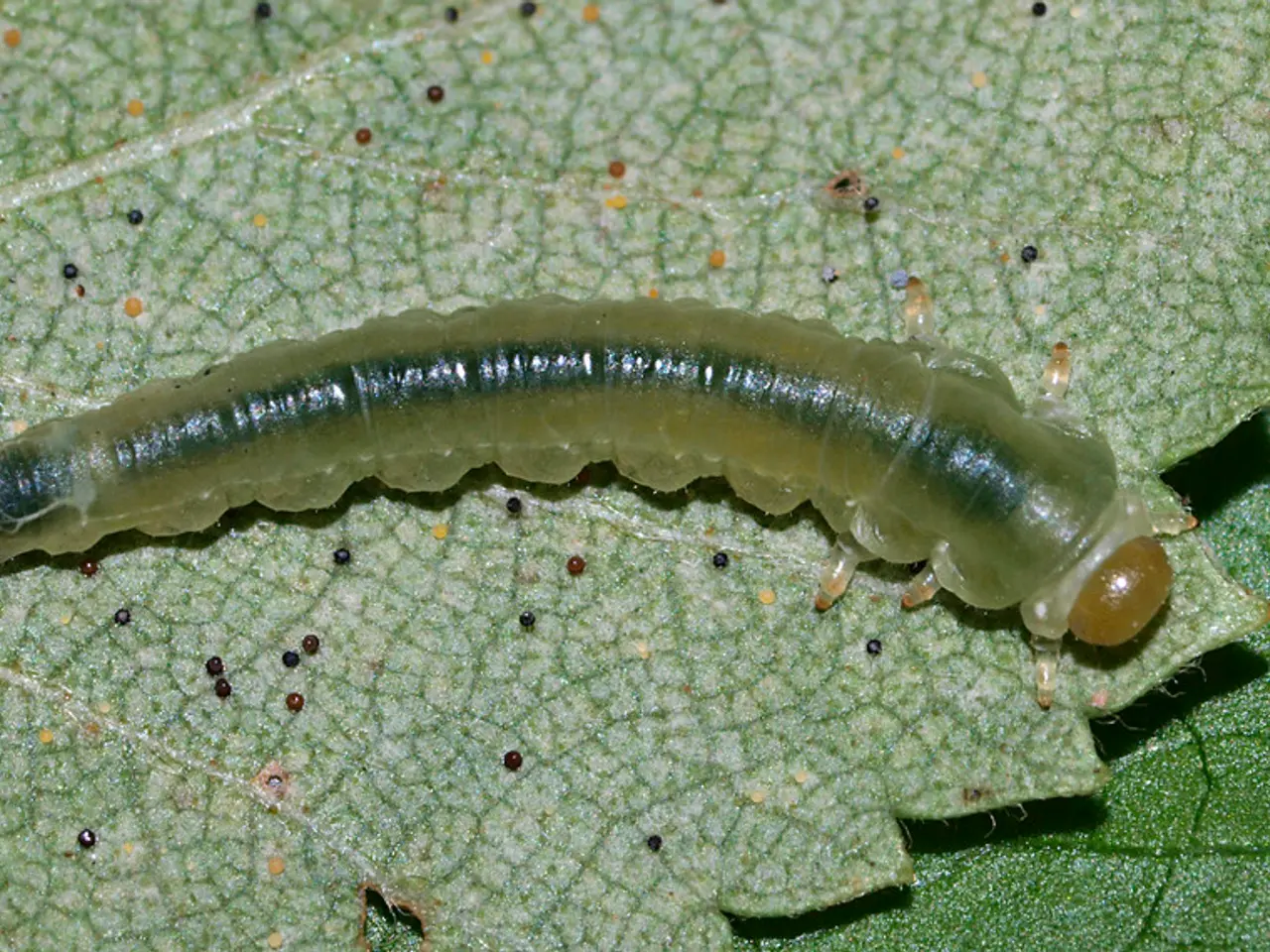"Understanding the Health Condition Known as 'Dirt Neck' and Decoding the Related Slang"
Unveiling the Mystery of "Dirt Neck": Understanding Acanthosis Nigricans
In the realm of skin conditions, one that has gained notoriety is acanthosis nigricans – a condition characterized by the darkening and thickening of the skin, often with a velvety texture, commonly found in body folds such as the neck, armpits, and groin. Known colloquially as "dirt neck," this condition is not caused by uncleanliness, but rather by underlying factors.
Causes and Risk Factors
The primary cause of acanthosis nigricans is insulin resistance, which is strongly linked to prediabetes and type 2 diabetes – about 90% of cases are associated with this metabolic condition. Elevated insulin levels promote skin cell proliferation, leading to thickened, pigmented patches. Other risk factors include hormonal imbalances (such as in polycystic ovary syndrome or PCOS), obesity, certain medications, genetic factors, and, rarely, malignancies. [1][2][3][5]
Diagnosis
Diagnosis is mainly clinical, based on the characteristic appearance:
- Symmetrical dark, thickened, velvety skin patches in folds (neck, armpits, groin).
- Possible presence of skin tags in these areas.
- Associated symptoms like mild itching or odor.
- Blood tests to assess for underlying causes such as insulin resistance (fasting insulin, glucose tolerance, HbA1c), hormone levels for PCOS or other endocrine disorders, and rarely tumor markers if malignancy is suspected. [3][4]
Treatment Options
Treatment focuses on addressing the underlying cause, especially improving insulin sensitivity, alongside topical therapies to improve skin appearance.
Lifestyle Modifications:
- Weight loss: Even a 5-10% reduction in body weight can improve insulin sensitivity and skin condition.
- Diet: Low glycemic index diet, reduced refined sugars and carbohydrates; Mediterranean diet is recommended.
- Exercise: At least 150 minutes per week of moderate aerobic activity plus resistance training.
- Stress management: Techniques such as meditation and yoga can aid hormonal balance and insulin response. [2][5]
Medical Treatments:
- Medications: Metformin to improve insulin resistance; hormonal treatments like oral contraceptives or anti-androgens for PCOS.
- Topical therapies: Retinoids (e.g., tretinoin) to increase skin cell turnover, chemical exfoliants (glycolic, salicylic acids), vitamin D analogs, keratolytics (urea, lactic acid), and lightening agents (hydroquinone, kojic acid).
- Advanced options: Laser therapy may be considered for resistant pigmentation or thickening. [2][5]
Treatment effectiveness is higher when topical therapies are combined with systemic management of the underlying cause. Simply treating skin appearance without addressing insulin resistance or hormonal imbalances usually provides only temporary or partial improvement. [2][5]
It is essential to note that acanthosis nigricans serves as an important clinical sign of metabolic or hormonal dysfunction, and its management requires both dermatological and systemic approaches.
This article was co-written by multiple volunteer authors, much like the Wikipedia-esque website where it is published. For more detailed information, readers are encouraged to consult medical professionals and reputable resources.
References:
[1] Turner, E. (2021). Acanthosis Nigricans: Diagnosis and Management. Dermatology Advisor. [2] American Academy of Dermatology. (2019). Acanthosis Nigricans. AAD.org. [3] Mayo Clinic. (2020). Acanthosis Nigricans. MayoClinic.org. [4] National Institute of Diabetes and Digestive and Kidney Diseases. (2020). Acanthosis Nigricans. NIDDK.nih.gov. [5] National Organization for Rare Disorders. (2021). Acanthosis Nigricans. Rarediseases.org.
- To manage acanthosis nigricans, a condition related to health and wellness that affects the skin, it's crucial to address the underlying cause, such as insulin resistance, through lifestyle modifications like weight loss, a low-glycemic diet, regular exercise, and stress management.
- For individuals suffering from skin conditions like acanthosis nigricans, medical treatments may include medications that improve insulin resistance, such as metformin, and topical therapies like retinoids, chemical exfoliants, vitamin D analogs, keratolytics, and lightening agents.
- Acanthosis nigricans, often known as "dirt neck," serves not only as a concern for health and beauty but also as an indication of potential metabolic or hormonal dysfunction, requiring collaboration between dermatological and systemic healthcare approaches.




